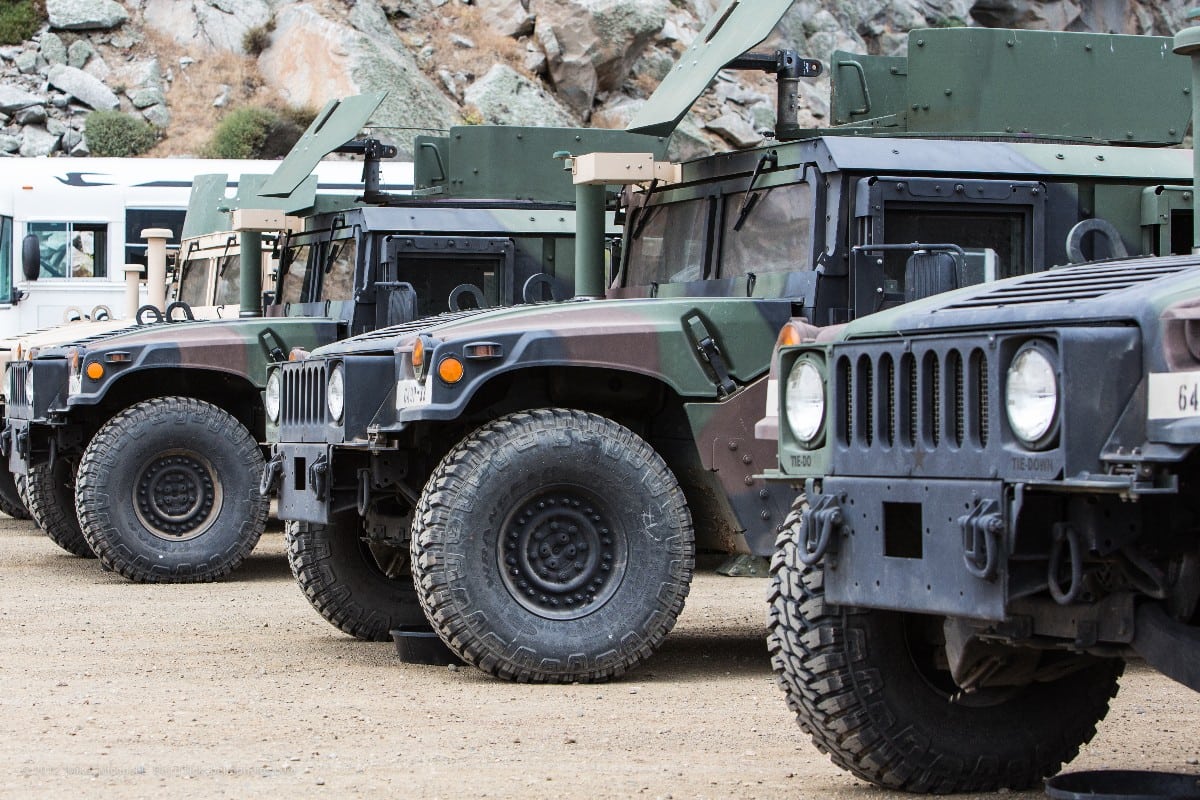 Image courtesy of mikebaird on Flickr
Image courtesy of mikebaird on Flickr
NATO Members at Risk of Russian Attack as Military Mobility Moves at a Snail’s Pace
The quickly approaching NATO summit, which is set to occur in Brussels on July 11th and 12th, means that it is time for the United States to consider the problems within the alliance that need to be addressed. At this point in time, it seems that one of the weakest areas of NATO is military mobility within Europe. Many US military commanders are worried that in case of a conflict with Russia, our troops would not be able to get there in time.
Although there are currently NATO forces deployed to its member countries that share a border with Russia, backup forces would still be needed in the instance of conflict and would have to cross over much of Europe to get to the action. There are many factors that could significantly delay troops, such as decaying infrastructure and bureaucracy. For example, trains must be unloaded and reloaded near Poland’s border with Lithuania because rails on Baltic railroads are set wider apart than the Western standard. Additionally, Germany only allows trucks loaded with tanks and other heavy equipment on highways at night on weekdays, and Sweden requires three weeks’ notice before most military personnel and equipment can enter.
Such obstacles in military mobility have the potential to cause a significant delay in the movement of military troops. One example of this began on August 15th, 2017 when a US Army squadron finished its mission and budgeted two weeks to move its Stryker armored vehicles from Georgia to Germany via train. The trip ended up lasting about four months, with some vehicles not returning until late December. This meant that the US squadron had to train in Germany without any of its specialized vehicles.
This minimal level of military mobility is dangerous because it could enable Russia to seize NATO territory in the Baltics before backup troops could even arrive and attempt to put up a fight. As Bulgaria’s Deputy Prime Minister and Defense Minister Krassimir Karakachanov stated, “Improving military mobility is key to the EU’s ability to effectively carry out its Common Security and Defense Policy operations.” In fact, in combat simulations run by NATO, the Baltics are often quickly seized by Russia. NATO forces attempt to defend the Suwalki gap — the narrow strip of land that connects Lithuania to Poland that acts as the Baltic nations’ lifeline to the rest of NATO — however, troops can only enter on the ground because the area is within range of the Russian antiaircraft missiles stationed in Kaliningrad. In these simulations, NATO is almost always unsuccessful at saving the Baltics because ground entry into the region could be halted by something as trivial as an overturned truck on the highway.
With several NATO members at risk of a Russian attack, particularly those with an ethnic Russian population or shared border with Russia, it is important to consider what can be done to bolster NATO defense forces. Firstly, NATO countries should begin training the Baltic states and other high-risk countries in methods of guerilla warfare that could slow Russian forces in the event of an invasion. The Russian military is far superior to that of any such nation, so these countries would only need to be able to hold Russian forces off until other NATO forces could arrive.
Another idea to consider is a boost in infrastructure and a reduction of roadblocks within the EU. The recently instituted Action Plan on Military Mobility focuses on these issues by suggesting greater cooperation and coordination between the EU and NATO. However, it is unclear whether non-NATO members, such as Finland, Sweden, Ireland, Austria, Malta, and Cyprus, are willing to participate in the deeper coordination expected between the two organizations. The US and other NATO members should discuss these issues at the summit in July so that they are able to effectively prepare for a potential Russian attack. Improvements in military mobility must be made in order to protect the national security of the United States and other NATO members.





